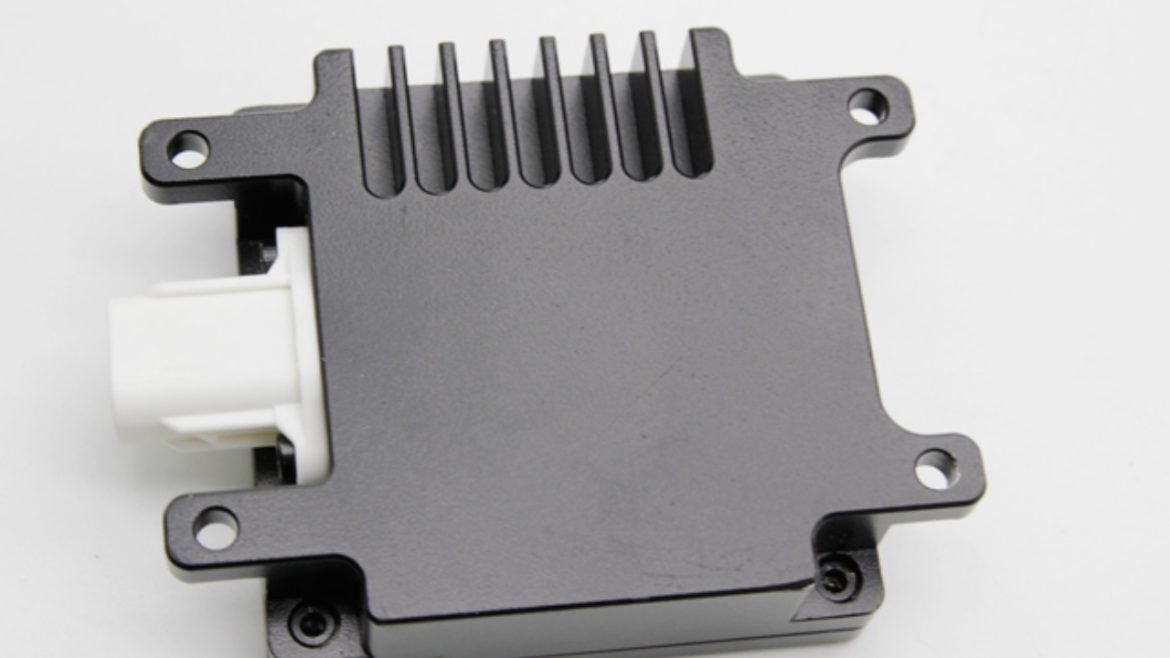The CAR-A60 is an advanced short-range wideband automotive radar sensor with high resolution, operating at 77 GHz millimeter wave. It is constructed using advanced radar technologies that can be customized. Because of its millimeter wave construction, it has extremely low power consumption and low unit costs. When multiple units are configured on the vehicle, the highly integrated hardware of the sensor and its sophisticated radar signal processing algorithms enable 360 surround high-resolution detection and semi-autonomous or fully autonomous driving.
The frequency of a radar sensor is a critical specification. It determines the wavelength of the radar waves and influences the sensor’s performance in terms of resolution, range, and sensitivity. The range of a 77G radar sensor refers to the maximum distance at which it can detect objects. This specification is crucial for applications such as automotive radar, where knowing the distance to other vehicles or obstacles is essential for safety.
Radar sensors are commonly used in various applications, including automotive systems, industrial automation, and surveillance. These key functions collectively enable radar sensors to play a crucial role in a wide range of applications, providing valuable data for decision-making and enhancing the capabilities of systems in various industries.
Key Functions of Radar Sensor
To obtain precise information about the 77G radar sensor’s specific functions, it’s recommended to refer to the product documentation or contact the manufacturer directly. Here are some key functions:
Object Detection and Tracking
One of the primary functions of radar sensors is to detect the presence of objects within their coverage area. These sensors use radio waves to detect the position of objects, regardless of lighting conditions. Object detection is crucial in automotive applications for collision avoidance, adaptive cruise control, and parking assistance. In industrial settings, radar sensors can be employed to monitor the movement of machinery or objects on a factory floor.
Distance Measurement (Ranging)
Radar sensors determine the distance to detected objects by measuring the time it takes for the transmitted radio waves to reflect off an object and return to the sensor. This ranging capability is essential for applications such as adaptive cruise control in vehicles, where maintaining a safe following distance is crucial. In industrial automation, radar sensors can be used for precise distance measurements in various manufacturing processes.
Speed Measurement (Doppler Effect)
Radar sensors leverage the Doppler Effect to measure the speed of moving objects. As objects move toward or away from the radar sensor, there is a frequency shift in the reflected waves. This shift is used to calculate the speed of the object. In automotive radar systems, this function is vital for adaptive cruise control and collision warning systems. It also finds applications in traffic monitoring and law enforcement.
Angle and Direction Estimation
Radar sensors can estimate the angle and direction of detected objects within their field of view. This capability is essential for understanding the spatial distribution of objects around the sensor. In automotive applications, this information is used to determine the location of other vehicles or obstacles relative to the host vehicle. In surveillance systems, radar sensors can help track the movement of objects in a specific direction.
Environmental Sensing
Radar sensors are often employed for environmental sensing, providing information about the surroundings. In automotive contexts, this includes detecting and classifying objects such as vehicles, pedestrians, or cyclists. In industrial settings, radar sensors can monitor the environment for the presence of obstacles or changes in the surroundings. The ability to sense the environment is crucial for making informed decisions in real-time, contributing to both safety and efficiency.
Bottom Line
Radar sensors often incorporate Doppler capabilities to detect the velocity of moving objects. Doppler radar measures the frequency shift in the radar waves caused by the motion of objects. Resolution refers to the sensor’s ability to distinguish between closely spaced objects. In radar sensors, this can be both range resolution (ability to distinguish objects at different distances) and azimuth resolution (ability to separate objects in the horizontal plane). Higher resolution is generally desirable for more accurate object detection.
